Kingsman Capital's 10-year trajectory through the Canadian market offers a rare operational blueprint, one that translates directly to current US market dynamics. This isn't theory - it's pattern recognition from a lender who navigated market concentration, regulatory shifts, and technology adoption while maintaining profitability.
The insights extracted here focus on three core areas: strategic positioning that generates consistent deal flow, operational infrastructure that scales without breaking, and capital efficiency models that satisfy institutional investors.
Where Should Alternative Lenders Focus to Win Market Share?
Should You Dominate One Market or Spread Nationally?
Kingsman Capital made a calculated bet: own the Canadian market completely rather than chase the larger US opportunity. The decision paid off through mechanisms most US lenders overlook.
The Core Thesis:
- Concentrated markets build name recognition that generates organic referrals
- Deep institutional relationships compound over time
- Competitive intelligence becomes manageable when the player pool shrinks
Three Critical Data Points Supporting This Model:
- Referral Economics Shift Dramatically
- In fragmented markets: Brokers maintain 15-30 lender relationships, spreading volume across multiple channels
- In concentrated markets: Top 3-5 lenders capture 70%+ of broker flow due to established processing speed and reliability
- Kingsman's Canadian positioning (5-7 major alternative lenders) vs. US market (hundreds of regional players) demonstrates why specialization wins
- Institutional Relationship Depth Creates Capital Advantages
- Banks partner more deeply with known entities. Kingsman's subordinated financing model requires bank comfort levels that take years to establish
- Government-backed lending programs (EDC in Canada, SBA in US) prioritize lenders with track records in specific markets
- Capital providers offer better terms to lenders with demonstrated market expertise vs. generalist portfolios
- Operational Cost Efficiency Through Specialization
- Geographic focus reduces compliance complexity (one state's regulations vs. 50)
- Industry vertical specialization allows underwriting teams to develop true expertise
- Marketing spend concentrates on smaller, higher-conversion audiences
US Application Framework:
Rather than attempting national coverage, consider these concentration strategies:
- Regional Dominance: Southeast, Southwest, or Midwest focus with state-specific expertise
- Industry Vertical Ownership: Healthcare practices, trucking/logistics, or hospitality/restaurants
- Product Specialization: Working capital lines, equipment financing, or bridge/gap financing
The math supports concentration: A lender originating $50M annually across 3 states typically outperforms one spreading $50M across 15 states by 200-300 basis points in efficiency metrics.
How Do You Structure Alternative Lending Partnerships That Last?
Kingsman's genesis story reveals a structure most lenders get wrong: complementary skill sets validated through transactional proof before formal partnership.
The Original Structure:
- Partner A (Ammar): Credit expertise, bank relationships, product structuring
- Partner B (Roger): Origination relationships, business development, market presence
Three Operational Realities This Model Addresses:
- The 2-5 Year Stress Test Period
- Initial partnerships look strong during growth phases
- True character emerges during: market downturns, portfolio deterioration, or capital constraints
- Kingsman's hundreds of co-funded deals before formalizing partnership created stress-test validation
- Role Clarity Prevents Future Litigation
- Document decision rights explicitly: Who approves credits? Who controls capital relationships? Who determines pricing?
- Performance-based equity vesting over 3-5 years ensures long-term commitment
- Dispute resolution mechanisms before conflicts arise save six-figure legal costs later
- Complementary Skills Beat Redundant Expertise
- Two credit professionals partnering often leads to analysis paralysis
- Two originators partnering often leads to underwriting disasters
- The credit/origination split allows each partner to operate in their strength zone
Risk Mitigation Structure for US Lenders:
- Year 1-2: Revenue share or fee-based arrangement, not equity
- Year 3-4: Equity vesting tied to portfolio performance metrics (loss rates, origination volume, capital efficiency)
- Year 5+: Full partnership with documented decision frameworks
This staged approach costs more in short-term friction but saves catastrophic partnership dissolutions that destroy lender businesses.
Regulatory Environment: Canada vs. US Comparative Intelligence
The regulatory landscape shapes lending economics more than most executives acknowledge. Kingsman's Canadian experience illuminates opportunities within US regulatory structures.
Core Regulatory Differences
Regulatory FactorCanada (Kingsman Context)US Market RealityExploitable AdvantageBankruptcy Credit Recovery7-year rehabilitation period3-year recovery period (most states)US lenders can re-engage customers 4 years fasterCredit Inquiry ImpactSevere score penaltiesModerate impact (10-30 day inquiry clustering)US lenders should implement soft-pull pre-qualification strategiesBanking System Structure5 major banks control market4,000+ institutions (regional/community focus)US lenders access more diverse funding partnershipsGovernment-Backed ProgramsCentralized (Futurpreneur, EDC guarantees)Fragmented (SBA, state programs, CDFI funds)Navigation complexity creates competitive moat for knowledgeable lendersRecent Regulatory TrajectoryIncreasing oversight (KYC, AML, affordability tests)State-by-state disclosure laws acceleratingBoth markets trending toward enhanced due diligence requirements
Three Strategic Implications for US Lenders:
- The Post-Bankruptcy Reentry Window
- Canada's 7-year penalty creates dead zones where businesses cannot access capital
- US 3-year recovery period means businesses at 36-48 months post-discharge represent prime targets
- These borrowers show lower fraud risk (already experienced consequences) but higher pricing tolerance (limited alternatives)
- Build dedicated underwriting criteria for this segment: emphasis on post-discharge cash flow stability over credit scores
- Credit Pull Strategy Optimization
- Canada's harsh inquiry penalties force lenders to be strategic about credit checks
- US lenders waste this advantage by pulling credit too early in qualification
- Implement staged underwriting: Alternative data (bank statement analysis via Plaid, cash flow modeling) → Soft pull prequalification → Hard pull only for high-probability fundings
- This approach preserves customer creditworthiness for future transactions and repeat business
- Regulatory Tightening Follows Economic Stress
- Kingsman notes 300 insolvencies daily in Canada (40M population)
- US equivalent: approximately 2,740 business failures daily (current trajectory)
- Historical pattern: regulatory enforcement increases 18-24 months after insolvency spikes
- Lenders implementing enhanced due diligence NOW (before mandates) gain 12-18 month competitive advantage when regulations hit
Actionable Compliance Framework:
- Implement enhanced KYC/AML procedures beyond current minimums
- Document affordability assessments for all fundings (not just consumer)
- Build audit trails that satisfy institutional capital partners and regulators simultaneously
- Use compliance as competitive advantage: "Our enhanced due diligence meets institutional standards" closes deals competitors cannot access
Technology Adoption: Infrastructure That Scales
Kingsman's post-COVID technology transformation reveals what actually works vs. what vendors sell. The focus on AI-powered automation addresses real operational bottlenecks, not theoretical efficiency.
Specific Technology Applications Deployed
Fraud Detection & Identity Verification:
- AI-driven pattern recognition analyzing application data against historical fraud markers
- Biometric identity verification replacing manual document review
- Document processing automation extracting data from financial statements, tax returns, bank statements
Banking Connectivity Infrastructure:
- Canada lacked Plaid/Flinks adoption by major banks (creating friction points)
- US market advantage: mature open banking infrastructure through Plaid, Finicity, MX
- This 3-5 year technological lead only matters if applied to underwriting improvement, not just faster denials
Data Architecture Requirements:
- Unified customer view consolidating application data, banking data, credit bureau data, ongoing performance
- Historical performance tracking feeding AI models with funded deal outcomes
- Industry benchmarking collecting enough vertical-specific data to establish performance norms
Three Critical Implementation Lessons:
- AI Without Data Architecture Fails
- Kingsman's CEO emphasizes: "AI will help you, but it will have big associations with data - how you store it, how you can use it"
- Most lenders have fragmented data: applications in one system, underwriting in another, servicing in a third
- Without unified architecture, AI tools cannot learn from patterns or improve decisions
- Required foundation: Data warehouse consolidating all customer touchpoints with proper tagging and categorization
- Automate Back Office, Preserve Human Touchpoints
- Fraud detection, document processing, payment tracking - automate completely
- Funding decisions, customer stress situations, portfolio workouts - maintain human expertise
- The differentiation lies in knowing when humans add value vs. when automation suffices
- Customers remember who helped during crisis periods; this becomes referral generation engine
- Technology Advantage Erodes Quickly
- Current US lead in banking connectivity (Plaid adoption) won't last indefinitely
- The question: Are you using this advantage to build better underwriting models or just processing applications faster?
- Lenders extracting predictive insights from transaction data create sustainable competitive moats
- Lenders using technology only for speed improvements face commoditization within 24-36 months
Technology Investment Priority Framework:
- Tier 1 (Deploy Immediately): Fraud detection, identity verification, document automation
- Tier 2 (12-18 Month Horizon): Predictive underwriting models, portfolio monitoring systems
- Tier 3 (18-36 Month Horizon): Customer-facing AI tools, servicing automation, marketing optimization
The key insight: Technology deployment follows operational maturity, not vendor promises.
The Subordinated Financing Model: Positioning That Eliminates Competition
Kingsman's strategic positioning as subordinated debt provider represents one of the analysis's strongest insights. This model addresses a market gap while creating partnership dynamics that generate consistent deal flow.
The Core Model Mechanics
Position in Capital Stack:
- Primary bank facility provides senior debt (typically $200K-$300K)
- Subordinated alternative financing fills gap capital ($100K-$500K)
- Combined structure delivers full capital need without replacing bank relationship
Typical Use Cases:
- Renovations and expansion capital beyond bank limits
- Seasonal working capital needs exceeding line of credit
- Tax payment catch-up while maintaining operations
- Equipment financing where bank reached concentration limits
Three Structural Advantages:
- Non-Competitive Bank Positioning
- Traditional alternative lenders compete directly with banks for customer relationships
- Subordinated model complements existing bank facilities rather than replacing them
- Banks refer overflow opportunities because alternative lender preserves the primary relationship
- Result: Warm lead generation from institutional partners vs. cold outbound prospecting
- Risk-Adjusted Pricing Justification
- Subordinated position carries higher loss severity in default scenarios
- This structural risk justifies alternative lending rates (12-25% vs. bank's 6-9%)
- Customers accept pricing because: (a) they receive full capital needed, (b) bank relationship remains intact, (c) alternatives are limited
- Institutional capital providers understand subordinated risk premium, making portfolio sales/securitization cleaner
- Portfolio Construction Flexibility
- Senior lender handles primary underwriting and ongoing monitoring
- Subordinated lender benefits from institutional due diligence but can accept different risk tolerances
- Concentration limits apply to subordinated tranche only, not combined exposure
- Default management often handled by senior lender, reducing operational burden
Market Opportunity Quantification:
The $100K-$500K gap capital represents significant untapped volume:
- Businesses "too large" for microlending programs (typically cap at $50K-$100K)
- Businesses "too risky" for traditional bank expansion beyond initial facility
- SBA programs address some of this gap but process timelines (90-120 days) leave immediate needs unmet
- Alternative lenders operating in subordinated position capture this volume at sustainable risk-adjusted returns
Implementation Framework for US Lenders:
- Develop joint marketing materials positioning subordinated financing as customer solution, not lender competition
- Build relationships with bank special assets teams and commercial relationship managers
- Create standardized subordinated financing products: working capital, equipment, expansion capital
- Document intercreditor agreements protecting both senior and subordinated rights
- Price for subordinated risk: target 18-24% yields incorporating higher loss severity expectations
This model works because it solves problems for three constituencies simultaneously: businesses get full capital, banks maintain relationships, alternative lenders earn risk-appropriate returns.
Economic Downturn Positioning: The Special Assets Channel
Kingsman's approach to economic stress reveals a origination channel most US lenders ignore: bank special assets departments. This warm lead source produces pre-qualified opportunities at scale.
The Bank Special Assets Dynamic
The Mechanism:
- Banks move struggling accounts to "special loans" departments before relationship termination
- These businesses face industry headwinds or temporary stress, not fraud or character issues
- Banks seek exits to mitigate regulatory capital requirements and concentration risk
- Alternative lenders positioned as "preferred exit partners" capture this flow
Three Operational Realities:
- Pre-Vetted Customer Base
- Banks already completed initial underwriting (character assessment, business model validation, market position analysis)
- Special assets status indicates credit stress, not fundamental business failure
- Alternative lenders inherit institutional due diligence while pricing for elevated risk
- This dramatically reduces acquisition cost vs. cold outbound marketing (CAC reduction: 60-75%)
- Industry Rotation Opportunities
- Banks exit entire sectors during economic stress (Kingsman notes trucking "frowned upon" currently)
- As banks leave, pricing power increases for lenders willing to underwrite the vertical
- Developing vertical expertise in "out of favor" industries captures market share during dislocation
- Key industries entering special assets (2024-2025): trucking/logistics, retail, hospitality, construction trades
- Relationship Trust Requirements
- Banks refer to alternative lenders they trust not to poach other customers
- Building special assets relationships takes 12-18 months of demonstrated partnership behavior
- The payoff: consistent deal flow during economic cycles when other channels dry up
- Structure incentives correctly: referral fees to bank officers (where legal), joint marketing, customer success reporting
Strategic Implementation Steps:
- Map relationships with 10-15 regional/community bank special assets managers
- Position fund as "preferred exit partner" for policy-driven exists (not fraud/character issues)
- Develop vertical expertise in 2-3 sectors banks are currently exiting
- Create reporting frameworks showing bank referral outcomes (fund performance, customer success rates)
- Price for the risk: special assets customers require 300-500bps premium over standard alternative lending rates
Risk Management Considerations:
- Special assets customers concentrate default risk (correlation across troubled industries)
- Portfolio limits required: no more than 30-40% from bank special assets channel
- Enhanced monitoring required: monthly financial reporting vs. quarterly for standard customers
- Reserve positioning: 8-12% vs. 4-6% for traditional alternative lending portfolios
The special assets channel generates volume but requires operational discipline. Lenders treating these customers identically to standard originations typically experience loss rates 2-3x underwriting expectations.
Data Strategy: The Foundation for AI Implementation
Kingsman's CEO emphasis on data architecture reveals what most lenders miss: AI effectiveness correlates directly with data quality and accessibility. This section provides the specific infrastructure requirements.
Current State vs. Required State
FROM:
- Manual document review consuming 40-60% of underwriting time
- Phone-based identity verification creating fraud vulnerabilities
- Spreadsheet-based fraud detection missing pattern recognition opportunities
- Siloed data storage preventing cross-functional insights
TO:
- AI-powered document extraction reducing processing time 75-85%
- Biometric identity verification automating compliance requirements
- Predictive fraud models identifying suspicious applications before funding
- Unified data architecture feeding machine learning models continuously
What Are the Three Non-Negotiable Data Architecture Requirements?
- Unified Customer Data ModelCore Components:
- Application data: demographic info, business details, funding request specifics
- Banking data: transaction history, cash flow patterns, deposit volatility
- Credit bureau data: credit scores, trade lines, inquiry history, public records
- Performance data: payment history, early payoff patterns, default indicators
- Build data warehouse (Snowflake, Databricks, or AWS Redshift) consolidating all sources
- Establish unique customer identifiers linking records across systems
- Create data pipelines refreshing information daily (banking/transaction data) or monthly (credit bureau)
- Tag all data points with source, timestamp, and quality indicators
- Underwriting decision time reduces from 4-6 hours to 45-90 minutes
- Fraud detection accuracy improves 40-60% through pattern recognition across historical data
- Portfolio monitoring costs decrease 50-70% through automated early warning systems
- Historical Performance TrackingData Points to Capture:
- Funded deal outcomes: paid as agreed, restructured, defaulted, charged off
- Time-to-default metrics: months from funding to first missed payment
- Loss severity: recovery rates by collateral type, industry, customer segment
- Industry-specific patterns: seasonal performance, economic sensitivity, growth trajectories
- Predictive default models trained on 5,000+ funded deals achieve 65-75% accuracy
- Pricing optimization models identify customer segments accepting rate premium for speed
- Portfolio construction models optimize industry diversification balancing yield and risk
- 2,000+ funded deals for basic predictive modeling
- 5,000+ funded deals for industry-specific models
- 10,000+ funded deals for customer segmentation and pricing optimization
- Fraud Pattern DocumentationCategorization Framework:
- Identity fraud: stolen credentials, synthetic identities, doctored documents
- Application fraud: inflated revenues, hidden liabilities, misrepresented collateral
- Bust-out fraud: intentional default after funds received, planned bankruptcy
- First-party fraud: misrepresentation of intended use, unauthorized guarantor signatures
- AI models identify fraud indicators invisible to human reviewers (application timing patterns, device fingerprinting, behavioral anomalies)
- False positive rates decrease 70-80% vs. rules-based systems
- Fraud losses typically decrease 50-65% within 18 months of AI fraud detection deployment
Critical Implementation Warning:
Most lenders purchase AI tools before building data foundations. This sequence fails consistently. The correct approach:
- Months 1-6: Audit current data landscape, identify gaps, build unified customer data model
- Months 7-12: Implement data collection processes, clean historical data, establish quality standards
- Months 13-18: Begin AI tool evaluation, run pilot programs, validate model accuracy
- Months 19-24: Scale AI deployment across underwriting, fraud detection, portfolio monitoring
Lenders attempting AI implementation without this 12-18 month data foundation work typically abandon projects after spending $200K-$500K on tools that cannot deliver promised results.
Portfolio Construction Principles: Lessons from a Concentrated Market
Kingsman's Canadian market concentration provides insights on portfolio construction that balance yield, risk, and capital efficiency.
Industry Concentration Management
The Core Challenge:
- Specialized lenders develop deep vertical expertise (pricing advantage, underwriting accuracy)
- This specialization creates correlation risk (industry downturns impact entire portfolio)
- Balancing specialization benefits vs. concentration risk requires quantitative frameworks
Three Portfolio Construction Frameworks:
- Industry Exposure Limits by Economic CycleExpansion Phase Limits (GDP growth >2.5%):
- Primary vertical: 40-50% of portfolio
- Secondary verticals: 20-25% each (2-3 industries)
- Opportunistic/diversification: 10-15%
- Primary vertical: 25-35% of portfolio
- Secondary verticals: 15-20% each (3-4 industries)
- Defensive industries: 20-30% (healthcare, essential services)
- Specialization benefits diminish during downturns as correlation risk dominates
- Defensive rebalancing 6-9 months before recession signals preserves capital
- Current indicators (2024-2025): reduce concentration in cyclical industries now
- Geographic Diversification RequirementsRegional Economic Correlation:
- Single-state concentration: maximum 60% of portfolio
- Adjacent state correlation: treat as single economic zone for limits
- Industry-geography interaction: oil-dependent economies require stricter industry limits
- Texas energy-sector lender: cap oil/gas exposure at 25% (vs. 40% standard industry limit)
- California tech-sector lender: cap technology exposure at 30% (vs. 45% standard)
- Florida hospitality lender: cap restaurant/hotel exposure at 35% (vs. 50% standard)
- Customer Concentration by Revenue SizeSize-Based Limits:
- Customers >$5M revenue: 30-40% of portfolio (lower default frequency, higher loss severity)
- Customers $1M-$5M revenue: 40-50% of portfolio (balanced risk/return)
- Customers <$1M revenue: 10-20% of portfolio (higher default frequency, lower loss severity)
- Larger customers generate better advance rates from institutional capital (70-75% vs. 60-65%)
- Smaller customers provide portfolio diversification reducing tail risk
- Optimal mix balances leverage capacity with loss volatility
How Do You Optimize Capital Stack for Maximum Efficiency?
Subordinated Financing Portfolio Targets:
- Senior bank facility coverage: 60-70% of total customer debt
- Subordinated alternative tranche: 30-40% of total customer debt
- This structure produces leverage ratios institutional capital providers accept (2.5-3.5x debt-to-equity)
Loss Severity Modeling:
- Senior position recovery: 60-75% of principal
- Subordinated position recovery: 20-35% of principal
- Blended portfolio recovery: 45-55% of principal
- Price subordinated positions for 12-18% net yields after expected losses
Capital Efficiency Metrics: What Institutional Investors Require
The analysis provides strategic frameworks but omits the financial metrics institutional capital partners demand. This section fills that gap.
Core Performance Metrics
Yield Analysis:
- Gross portfolio yield: 18-24% (subordinated positioning justifies premium)
- Cost of capital: 8-12% (senior debt leverage at 2.5-3.0x equity)
- Net interest margin: 10-12% before losses
- Target ROE: 15-20% (institutional hurdle rate for alternative lending)
Loss Rate Expectations:
- Standard alternative lending: 4-6% annual charge-offs
- Subordinated financing: 6-9% annual charge-offs (higher loss severity)
- Special assets channel: 8-12% annual charge-offs (concentrated credit stress)
- Blended portfolio target: 6-8% maintaining 15%+ ROE
Operational Efficiency Ratios:
- Operating expense ratio: 4-6% of assets (target for scaled operations)
- Customer acquisition cost: $1,500-$3,000 per funded deal
- Lifetime value: $4,500-$8,000 per customer (repeat business, referrals)
- LTV:CAC ratio: 2.5-3.5x (minimum for sustainable growth)
What Do Different Capital Partners Look For?
Institutional Debt Providers (Banks, Credit Funds):
- Minimum portfolio size: $25M-$50M
- Track record: 3+ years operating history
- Loss performance: charge-offs <8% annually
- Advance rates offered: 65-75% of eligible portfolio
- Pricing: SOFR + 400-600bps
Equity Investors (Private Equity, Family Offices):
- Minimum revenue: $5M-$10M annually
- Growth trajectory: 25-40% annual revenue growth
- ROE demonstration: 15-20% sustained over 18+ months
- Management team: experienced credit leadership, proven origination capability
- Exit timeline: 5-7 year horizon to strategic acquisition or public markets
Key Diligence Focus Areas:
- Data infrastructure supporting AI/automation claims
- Special assets relationships providing deal flow validation
- Technology stack scalability (can it support 3-5x growth?)
- Regulatory compliance exceeding minimum standards
- Portfolio construction limiting concentration risk
Implementation Timeline: Quarterly Milestones
Translating these insights to operational reality requires phased implementation. This timeline provides the critical path.
Quarters 1-2: Foundation Building
Strategic Assessment:
- Evaluate current market position: specialist vs. generalist?
- Identify concentration opportunity: geographic, vertical, or product focus
- Audit technology stack: can it support AI integration?
- Map bank relationships: identify 10-15 special assets targets
Operational Priorities:
- Implement enhanced KYC/AML procedures (before regulatory mandates)
- Build unified customer data model consolidating application, banking, credit data
- Develop subordinated financing product specifications
- Create bank partnership materials positioning non-competitive value proposition
Quarters 3-4: How Do You Test and Scale Pilot Programs?
Market Testing:
- Launch subordinated financing pilot with 2-3 bank partners
- Test post-bankruptcy reentry program (36-48 months post-discharge segment)
- Deploy soft-pull pre-qualification process reducing credit inquiry impact
Technology Deployment:
- Implement AI-powered fraud detection (Tier 1 priority)
- Deploy document automation reducing underwriting time 75%+
- Build portfolio monitoring dashboards for early warning indicators
Partnership Development:
- Cultivate 5-8 active bank special assets relationships
- Document first 50-100 subordinated financing deals for model training
- Establish reporting frameworks proving bank referral outcomes
Quarters 5-6: When Should You Scale and Optimize?
Volume Expansion:
- Scale subordinated financing to 30-40% of new originations
- Expand special assets channel to 20-30% of deal flow
- Optimize customer acquisition cost through proven channels
Advanced Analytics:
- Deploy predictive underwriting models (requires 2,000+ funded deals)
- Implement dynamic pricing based on customer segmentation
- Build industry-specific loss forecasting models
Capital Positioning:
- Prepare institutional capital raise materials (debt or equity)
- Document 18-24 months of performance metrics
- Demonstrate operational scalability supporting 3-5x growth
Quarters 7-8: How Do You Attract Institutional Capital?
Capital Execution:
- Close institutional debt facility (advance rates: 70-75%)
- Consider equity raise for growth capital (if ROE >15% sustained)
- Optimize capital stack balancing leverage and flexibility
Market Positioning:
- Establish thought leadership in specialized vertical/geography
- Build referral partnerships generating 40-50% of deal flow
- Document operational playbook for potential acquirers or replication
Competitive Moat Deepening:
- AI models trained on 5,000+ deals achieving 70%+ predictive accuracy
- Special assets relationships generating consistent volume through cycles
- Technology infrastructure supporting 10x current volume without degradation
What Separates Winners from Failures in Alternative Lending?
What Are the Non-Negotiable Requirements for Success?
- Data Infrastructure Before AI Investment
- Unified customer data model operational
- Historical performance tracking capturing all funded deal outcomes
- Fraud pattern documentation enabling model training
- Timeline: 12-18 months before AI tool deployment
- Specialization Over Diversification
- Geographic focus: dominate region vs. thin national presence
- Industry vertical: deep expertise vs. generalist approach
- Product concentration: master one financing type vs. multiple mediocre offerings
- Result: Name recognition generating organic referral business
- Institutional Relationship Development
- Bank partnerships providing warm lead flow
- Special assets channels generating volume during downturns
- Capital provider relationships supporting growth
- Timeline: 18-24 months to establish trusted partner status
- Regulatory Compliance as Competitive Advantage
- Implement enhanced due diligence before mandates
- Build audit trails satisfying institutional capital partners
- Position compliance as differentiator vs. competitor weakness
- Result: 12-18 month lead when regulations tighten
- Capital Efficiency Metrics Meeting Institutional Standards
- ROE sustained at 15-20% over 18+ months
- Loss rates maintained at 6-8% annually
- Operating expense ratio below 6% of assets
- LTV:CAC ratio exceeding 2.5x
What Are the Most Common Failure Modes to Avoid?
Technology Without Foundation:
- Purchasing AI tools before building data architecture
- Automating broken processes instead of fixing them first
- Measuring speed improvements without underwriting quality metrics
Unfocused Market Approach:
- Attempting national coverage without regional dominance
- Serving all industries instead of developing vertical expertise
- Offering every product type vs. mastering core competencies
Partnership Misalignment:
- Formalizing partnerships before transactional stress testing
- Unclear role definitions leading to decision paralysis
- Redundant skill sets vs. complementary capabilities
Capital Stack Mismanagement:
- Over-leveraging during growth phases
- Under-reserving for loss severity in subordinated positions
- Ignoring concentration risk from specialized positioning
What's the Bottom Line for US Alternative Lenders?
Kingsman Capital's decade-long trajectory reveals patterns repeatable in US markets. The synthesis:
Strategic Positioning Creates Sustainable Advantage:
- Market concentration over geographic sprawl
- Subordinated financing eliminating direct bank competition
- Special assets relationships generating volume through cycles
Operational Infrastructure Enables Scale:
- Data architecture before AI deployment (12-18 month timeline)
- Technology automating back office while preserving human expertise for complex decisions
- Compliance frameworks exceeding minimum requirements (competitive advantage when regulations tighten)
Financial Discipline Attracts Capital:
- ROE targets: 15-20% sustained over 18+ months
- Loss rate management: 6-8% annual charge-offs
- Capital efficiency: LTV:CAC ratios >2.5x, operating expense ratios <6%
Institutional Relationships Compound Value:
- Bank partnerships providing 30-40% of deal flow through referrals
- Special assets channels capturing market share during industry dislocations
- Capital provider relationships supporting growth at favorable terms
The alternative lending market rewards specialists who build institutional-grade operations. Generalists with manual processes face commoditization. The choice determines whether lenders capture market share or become acquisition targets.
The playbook exists. Execution separates outcomes.






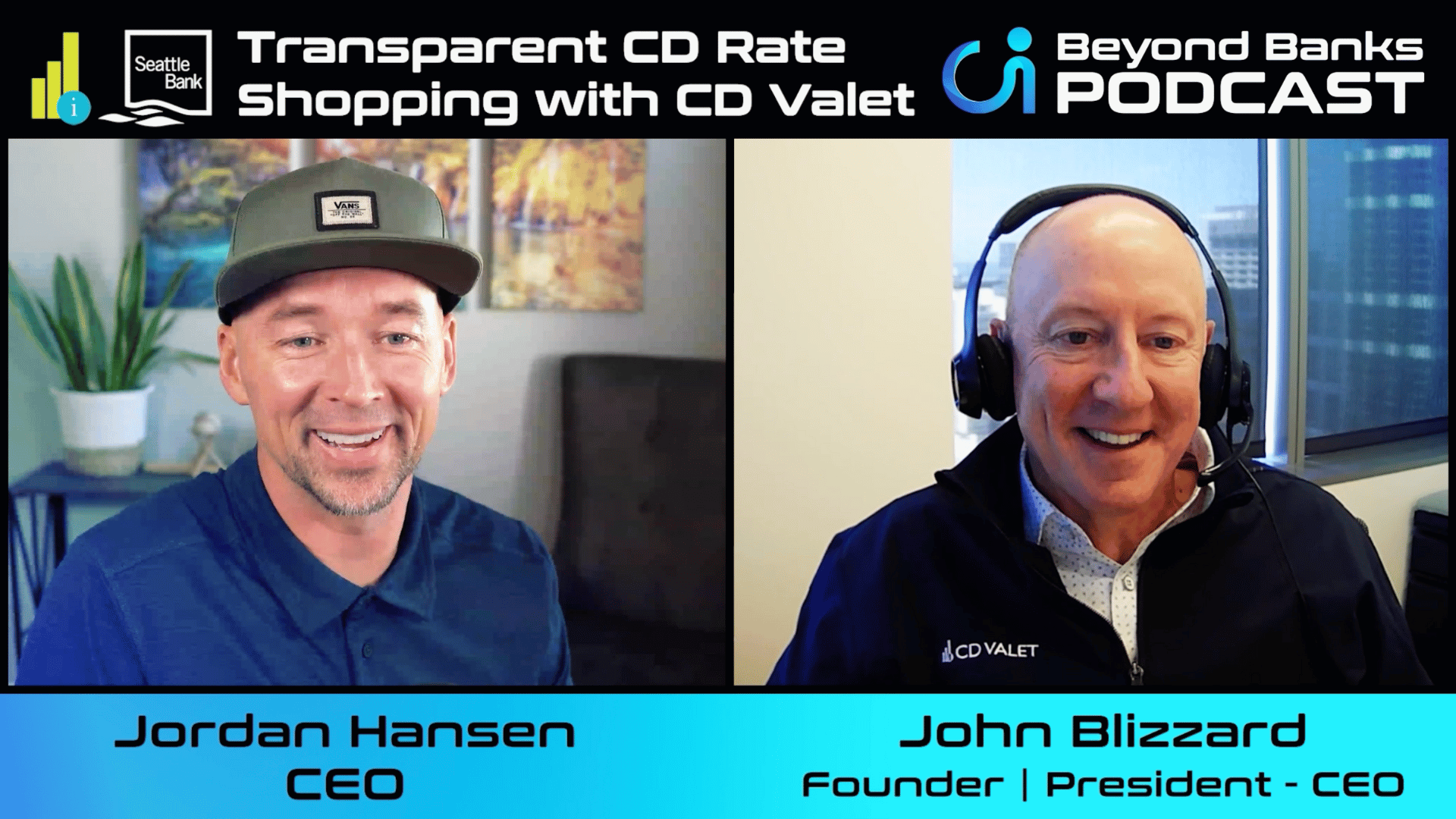




.png)
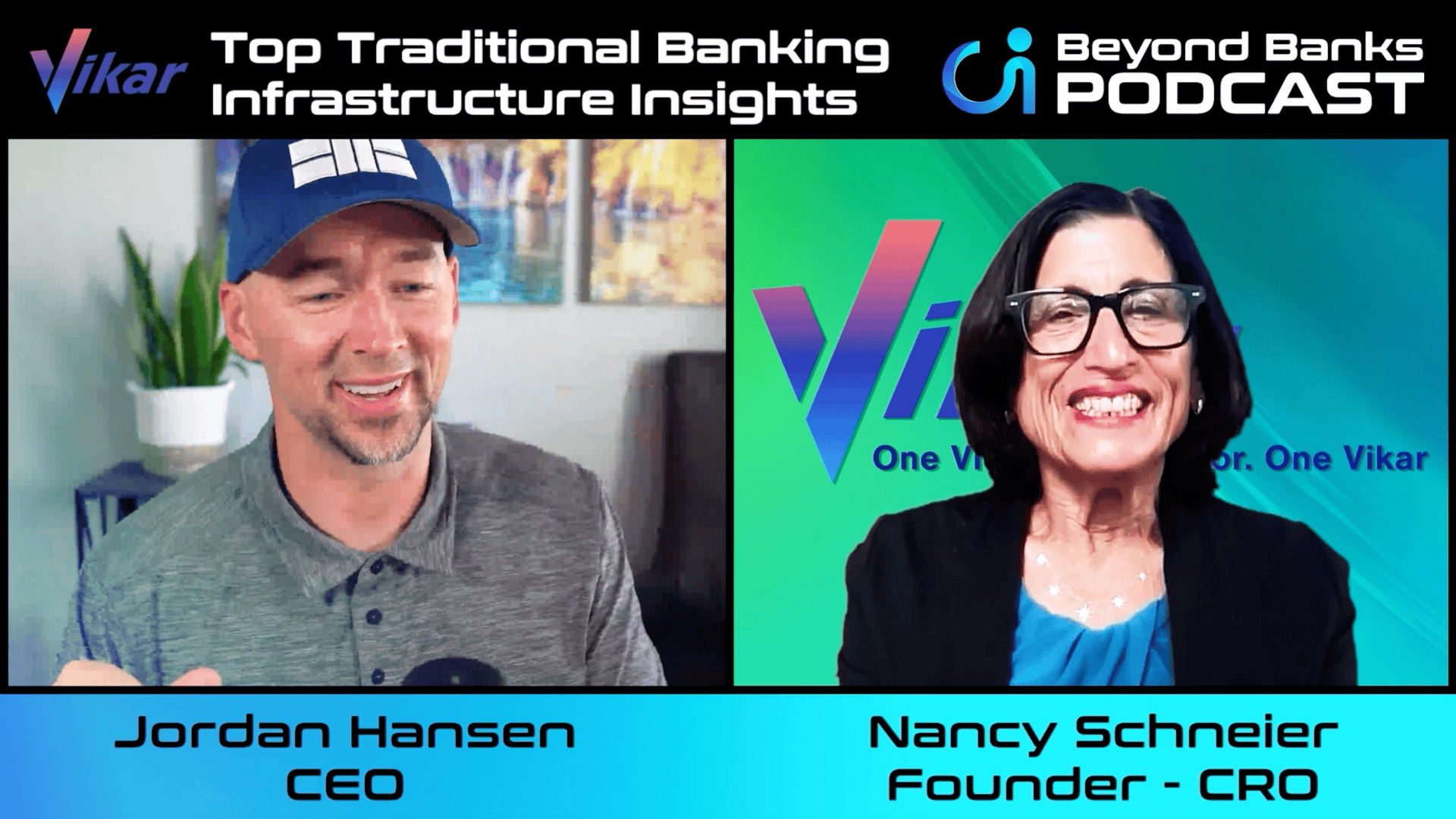
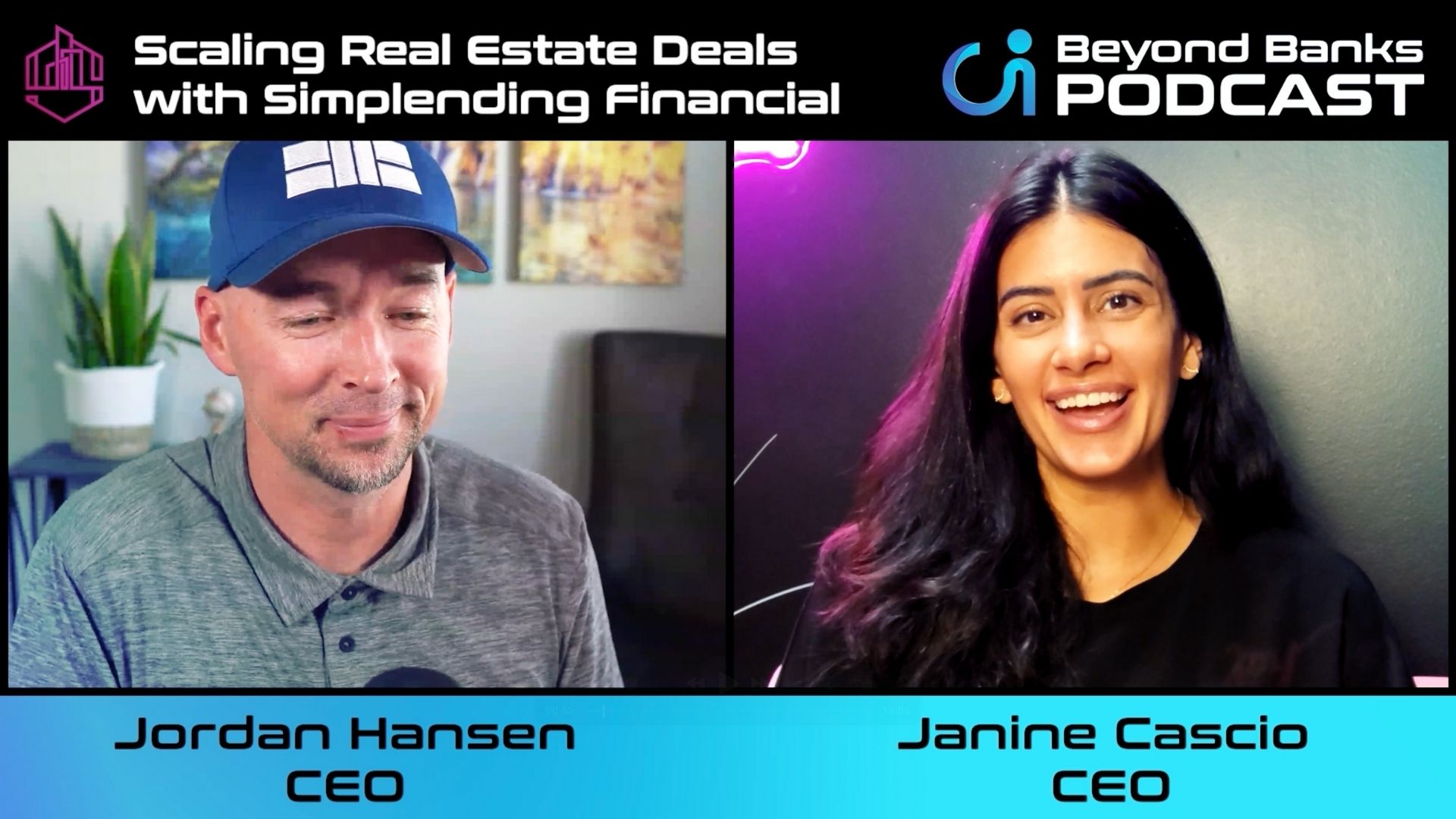
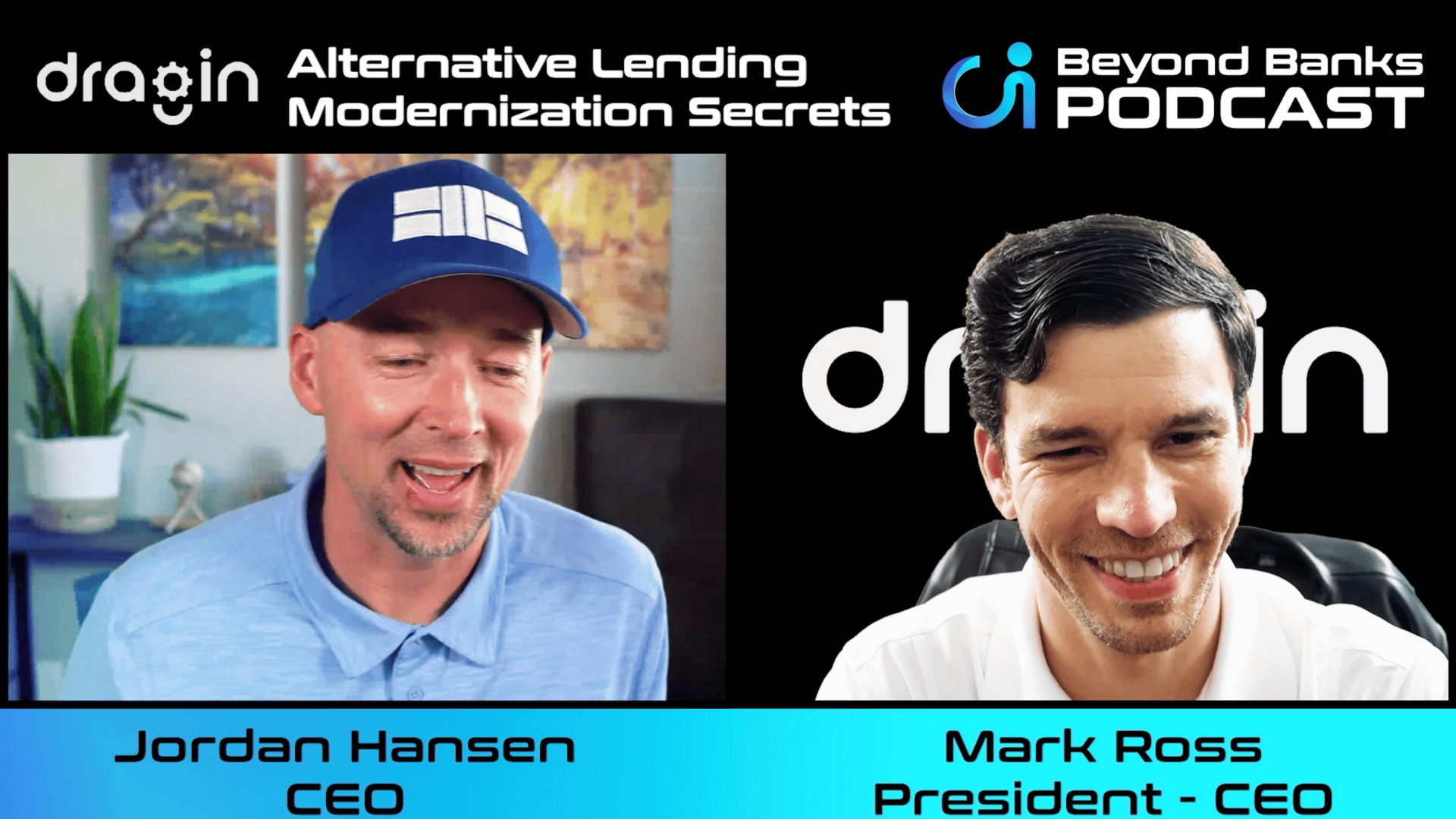

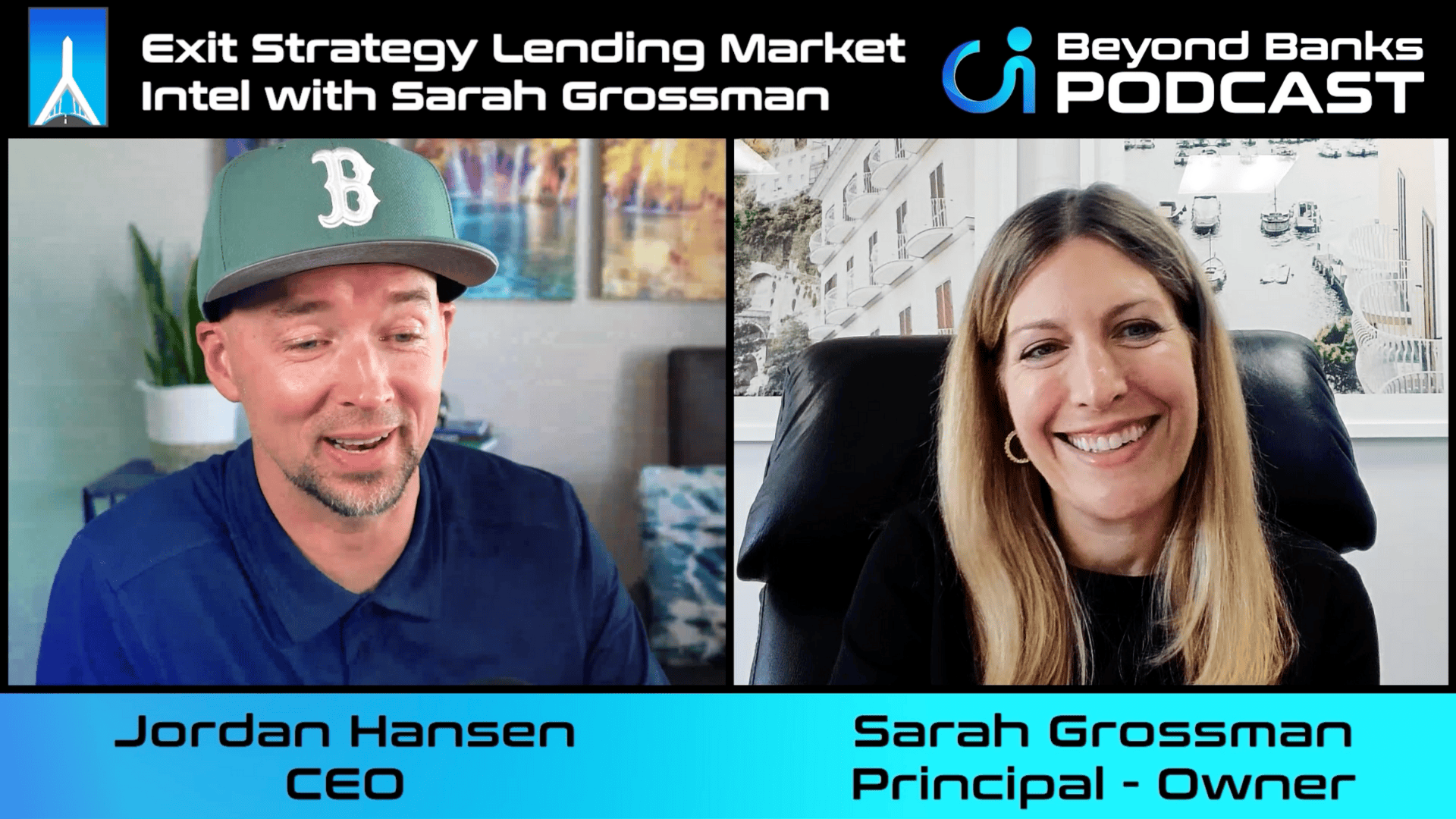
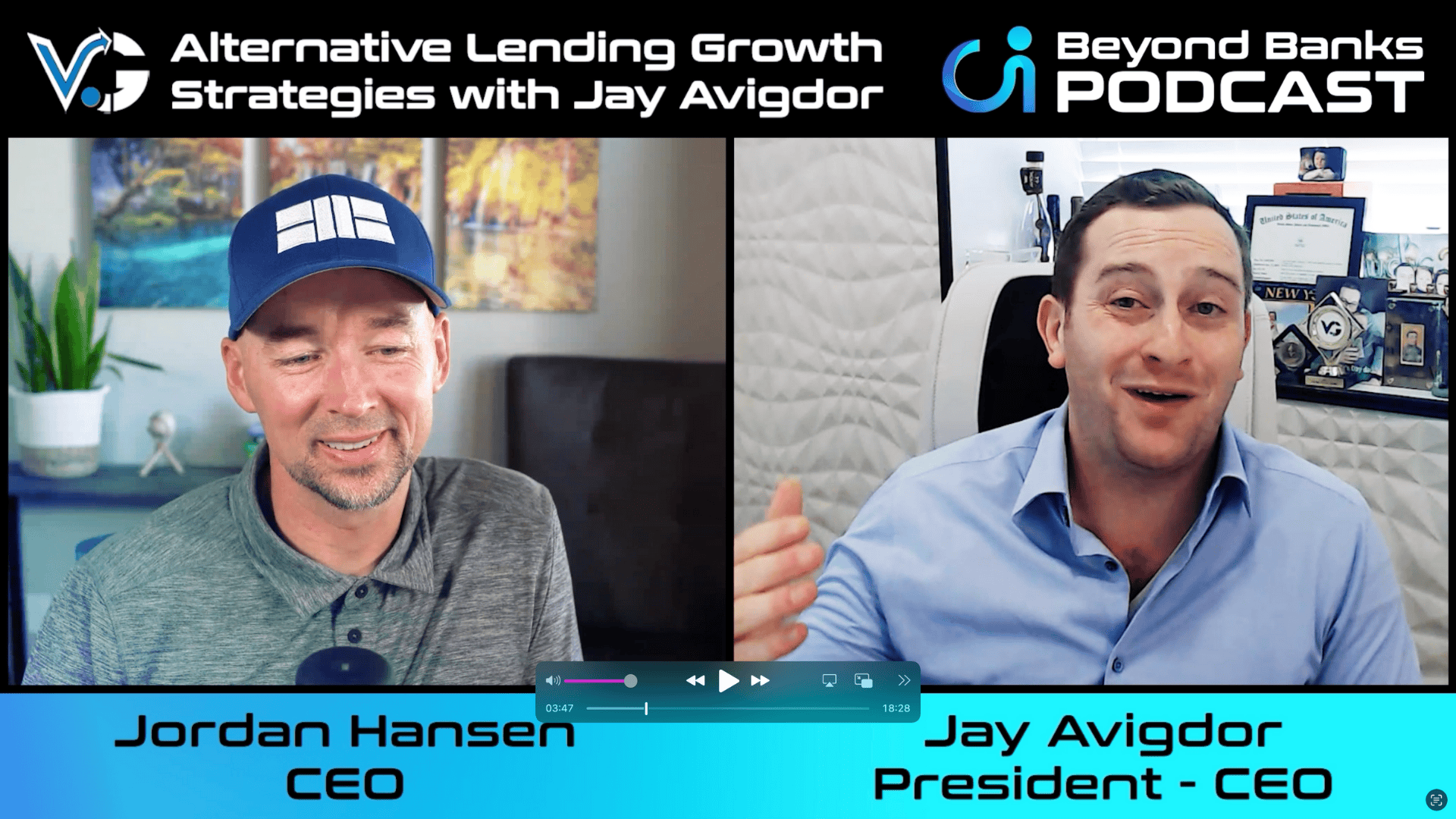
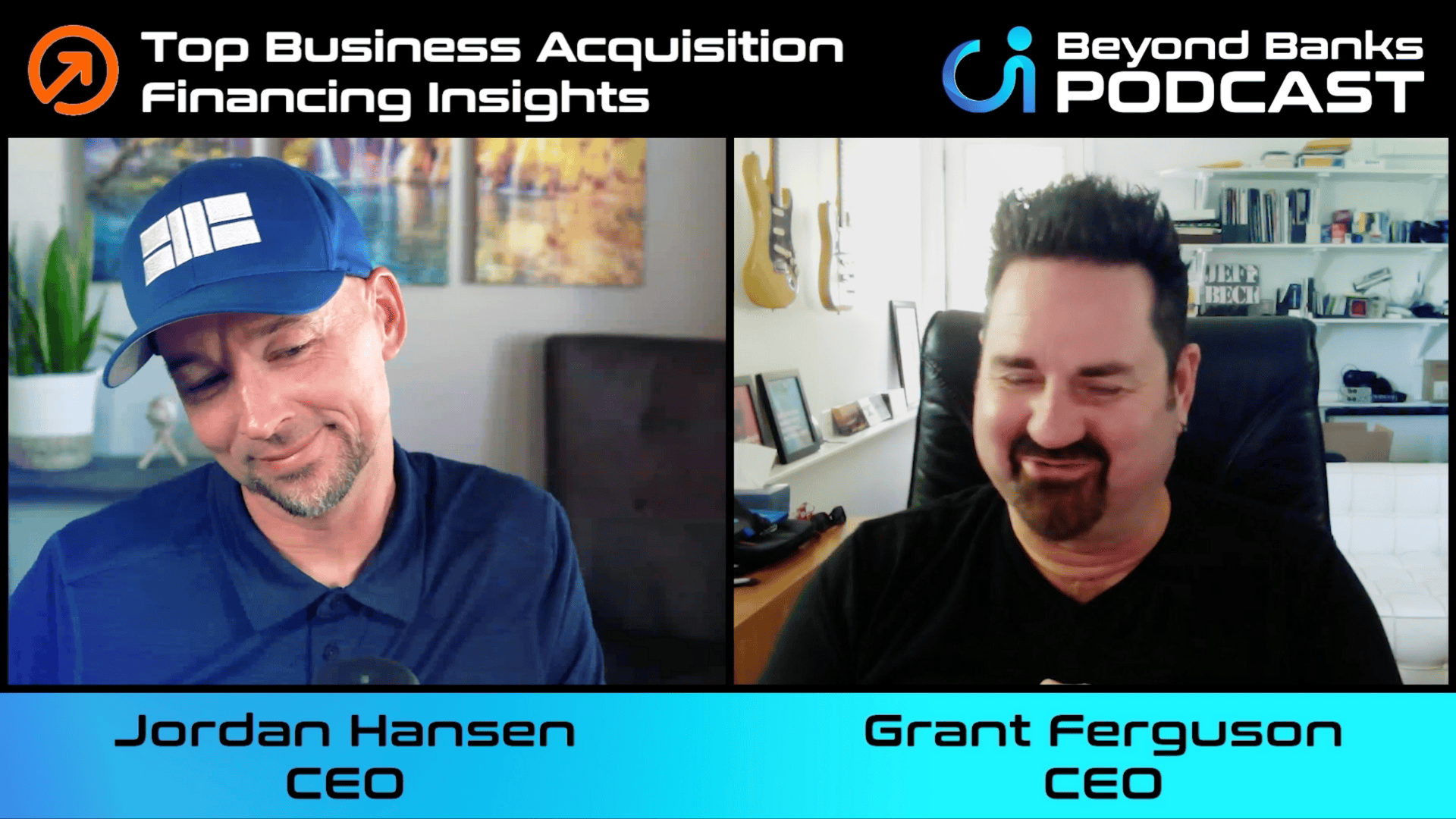


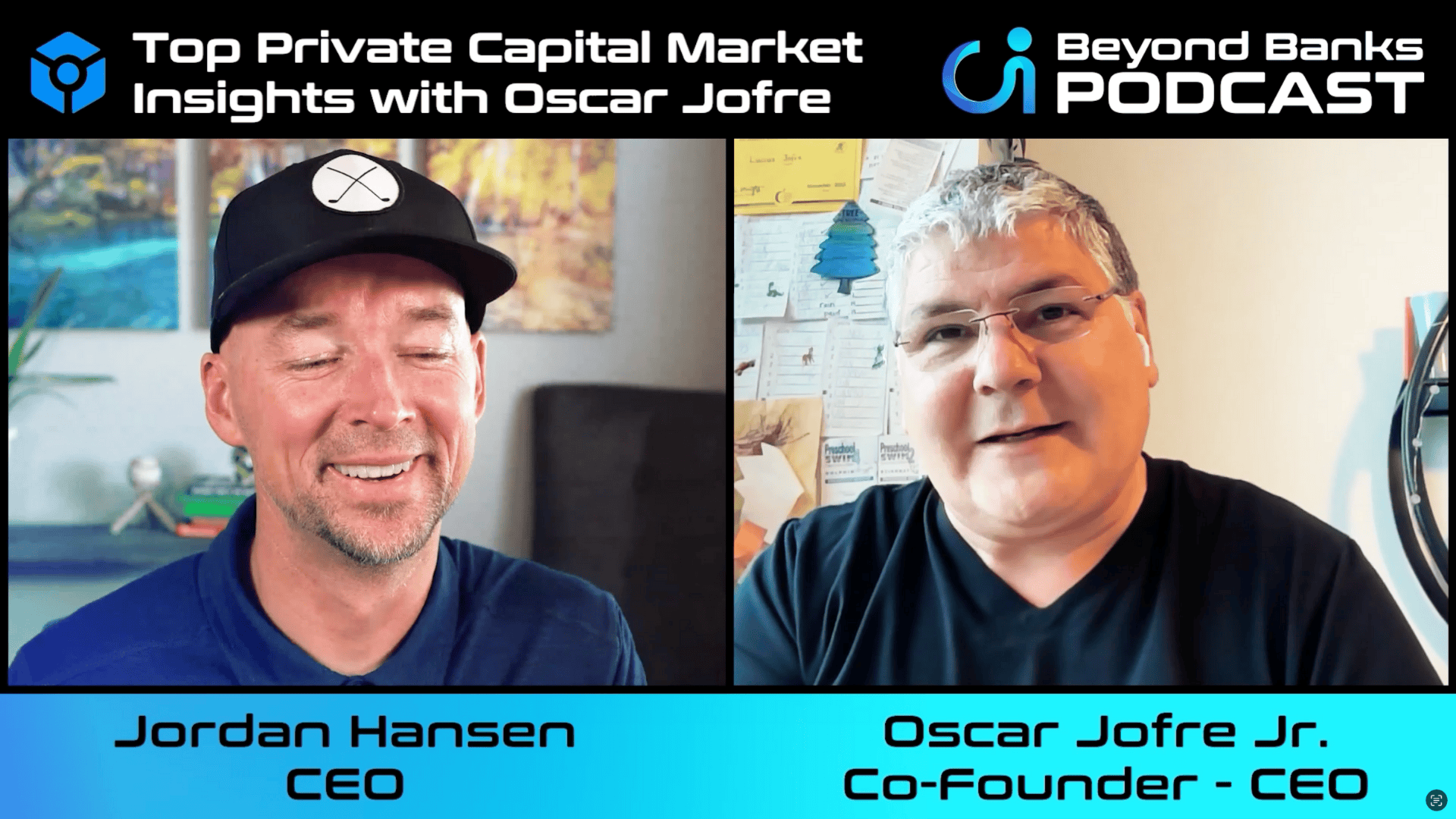

















.png)